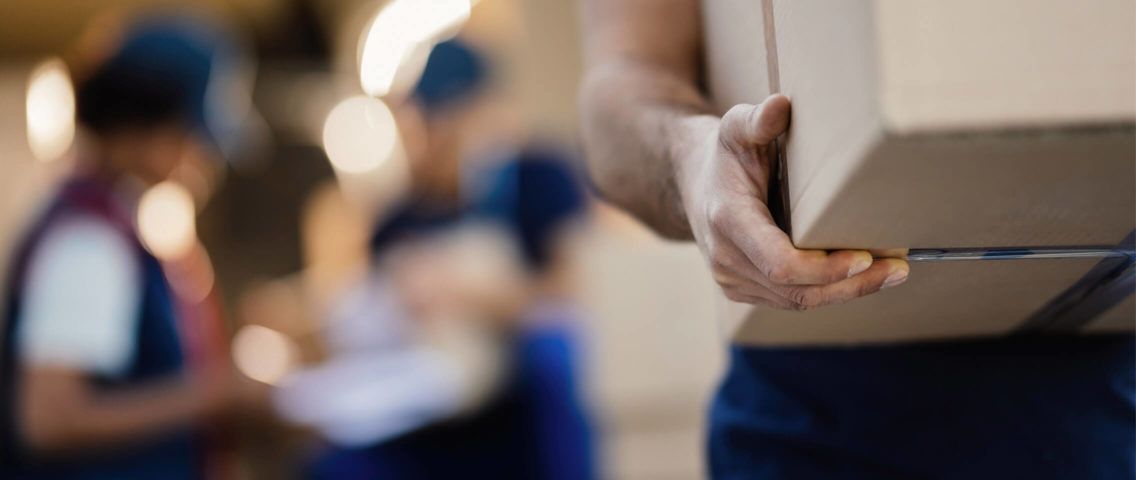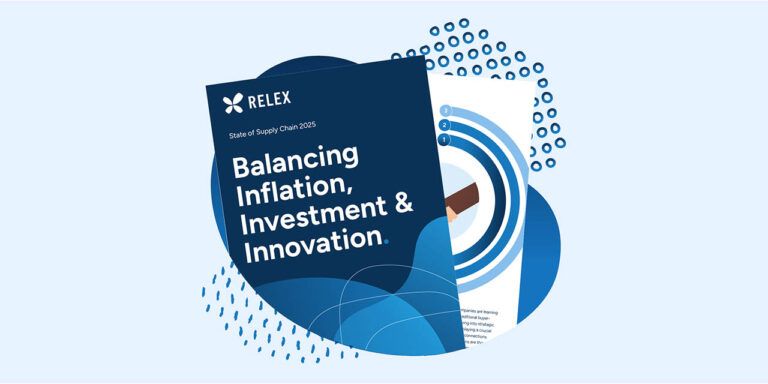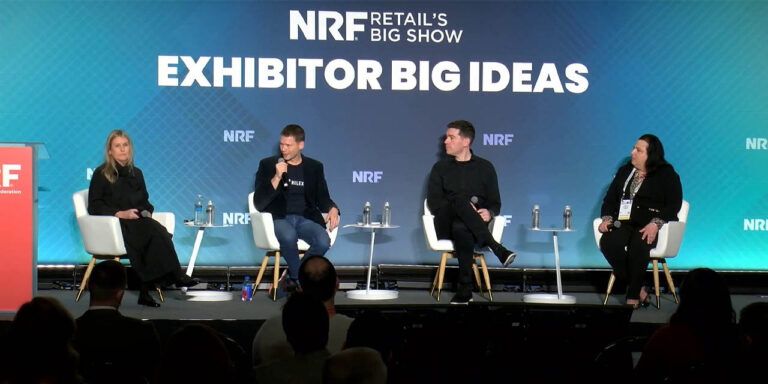The new normal in ecommerce after COVID-19
Apr 21, 2020 • 3 min
Many retailers are focused on their immediate needs right now as the coronavirus stresses supply chains through extreme demand change and inventory scarcity. We’ve been happy to hear from many of our customers in essential retail sectors that, while the short-term impact of COVID-19 was extreme, they were able to weather the storm better than they had anticipated.
While that’s of course excellent news, retailers should be wary of false confidence. In a crisis like this, we typically over-estimate the short-term implications while dramatically under-estimating the long-term ones. Now that we’re several weeks into the crisis, retailers must plan for the future to ensure their long-term health.
With a surge of shoppers forced to adopt ecommerce in the wake of store closures, we hope retailers are thinking carefully about their online strategies going forward. These are our top three predictions for what the “new normal” will look like in ecommerce.
Increased Online Sales
Locally mandated store closures have forced many new customer segments to adopt ecommerce — even for items like fresh groceries, which many consumers prefer to shop in person. Though customers will assuredly return to brick and mortar stores when they reopen, there’s still a significant demographic that has been pushed over the learning threshold for online shopping. The convenience of omnichannel purchases will likely remain attractive to them going forward. Though online sales will certainly dip after stores reopen, it’s unlikely they will return to pre-coronavirus levels.
Most Retailers Must Improve Online Fulfilment Capability
Grocers in particular have seen booming sales from high demand, but they’re still losing margin due to costly and inefficient home delivery. Many specialty retailers, while not experiencing demand surges, have also been pushed to ramp up their curbside and home delivery capabilities and are facing the same challenges.
With the amount of third-party delivery partnerships available these days, finding vehicles and drivers isn’t terribly difficult, but it’s not terribly efficient at the moment either. As these partnerships grow in importance, there will be an increased focus on improving efficiency and reducing costs. Most retailers we’ve spoken with have actually identified online picking as their primary bottleneck because it can’t be outsourced as easily as delivery can. You might consider how to effectively pick out of your own stores, which already have a large network in place as a strong asset.
Ultimately, businesses should closely inspect the lessons they’re learning right now about their own ecommerce fulfilment abilities and consider how to apply those lessons to future operations. Continue building out your fulfilment capabilities, and make sure your business has reliable underlying systems for managing inventory by channel.
New Partnerships to Improve Fulfilment
We’ve already seen some innovative partnerships emerge as retailers find creative ways to fulfil their online demand. Many of these partnerships focus on leveraging existing fulfilment operations — for example, meal delivery companies expanding their services to bringing groceries or even home repair items directly to consumers. In Finland, leading pet supplies and accessories retailer Musti Group has partnered with the meal service company Wolt to get pet food and supplies into the hands of their shoppers.
Of course, not all of these partnerships will survive in the long-term, especially once brick-and-mortar channels are able to reopen. We still suspect that these partnerships may be the first step toward a model that prioritizes quick delivery for any and all products. This would allow smaller retailers to challenge Amazon’s ecommerce supremacy without having to operate an enormous logistical infrastructure of their own.
These are the three primary ecommerce trends we expect to see as the retail world settles into its new post-coronavirus reality — but there will be more change, both expected and completely unexpected. Assortment rationalization, for example, will likely become a far more urgent initiative as demand settles into new levels — both by category and by channel. We’re also interested to see whether there will be a rise in microfulfilment centers to alleviate the strain retailers experienced when struggling to pick orders.
Our most important message to retailers today is this: the understanding you had in March of how your company operates best — it’s already outdated. Have sharp eyes and an open mind as you go forward. Make sure your business processes and the technology solutions that support them are flexible enough to help you adapt to the new normal, whatever form it takes.




